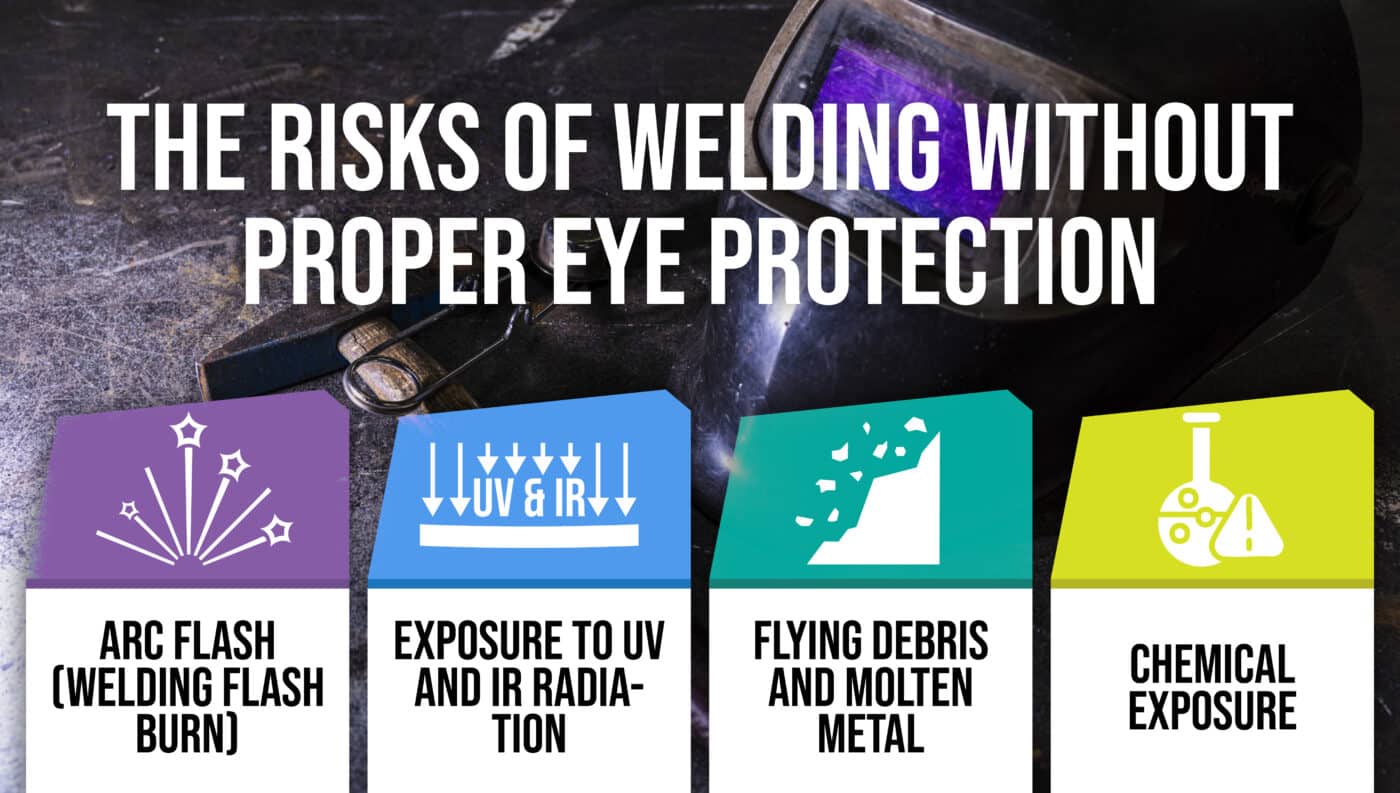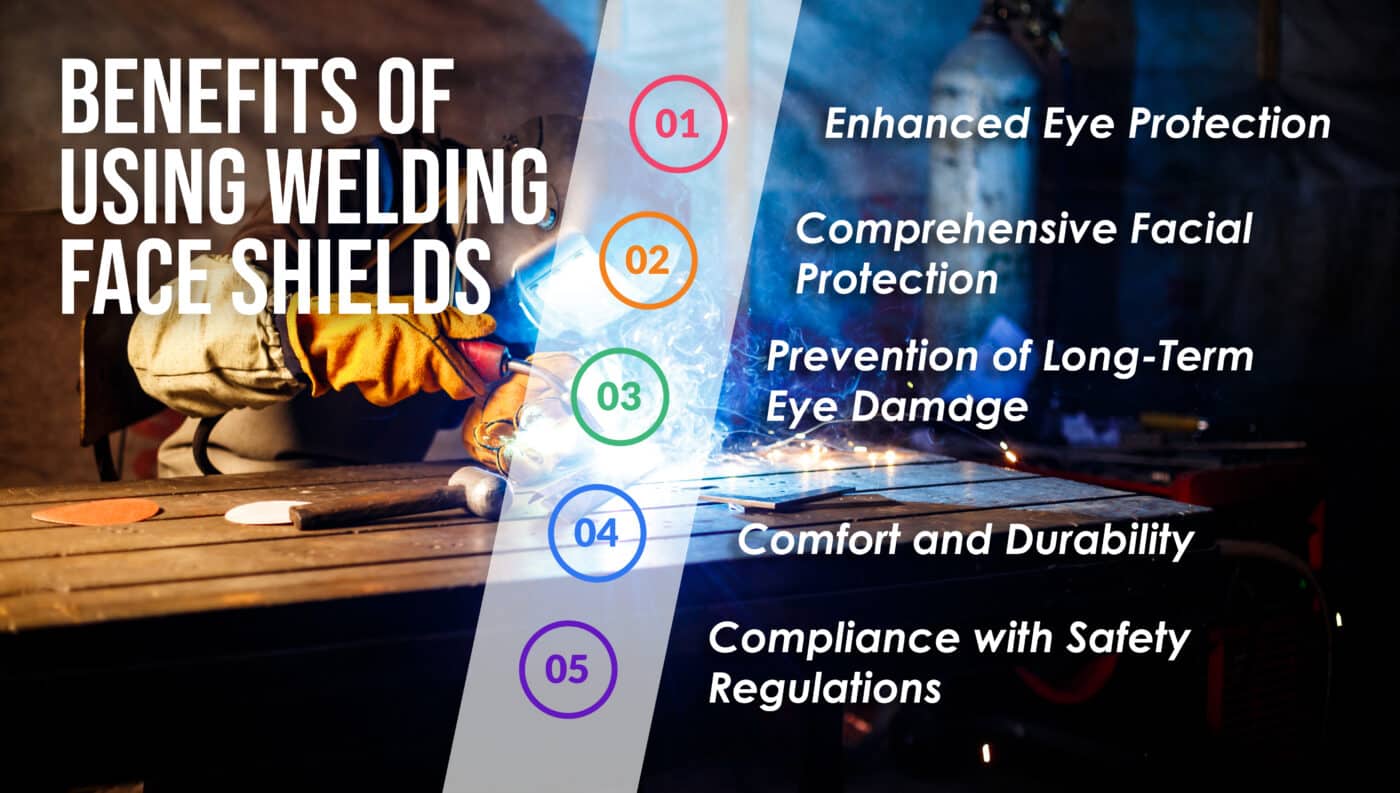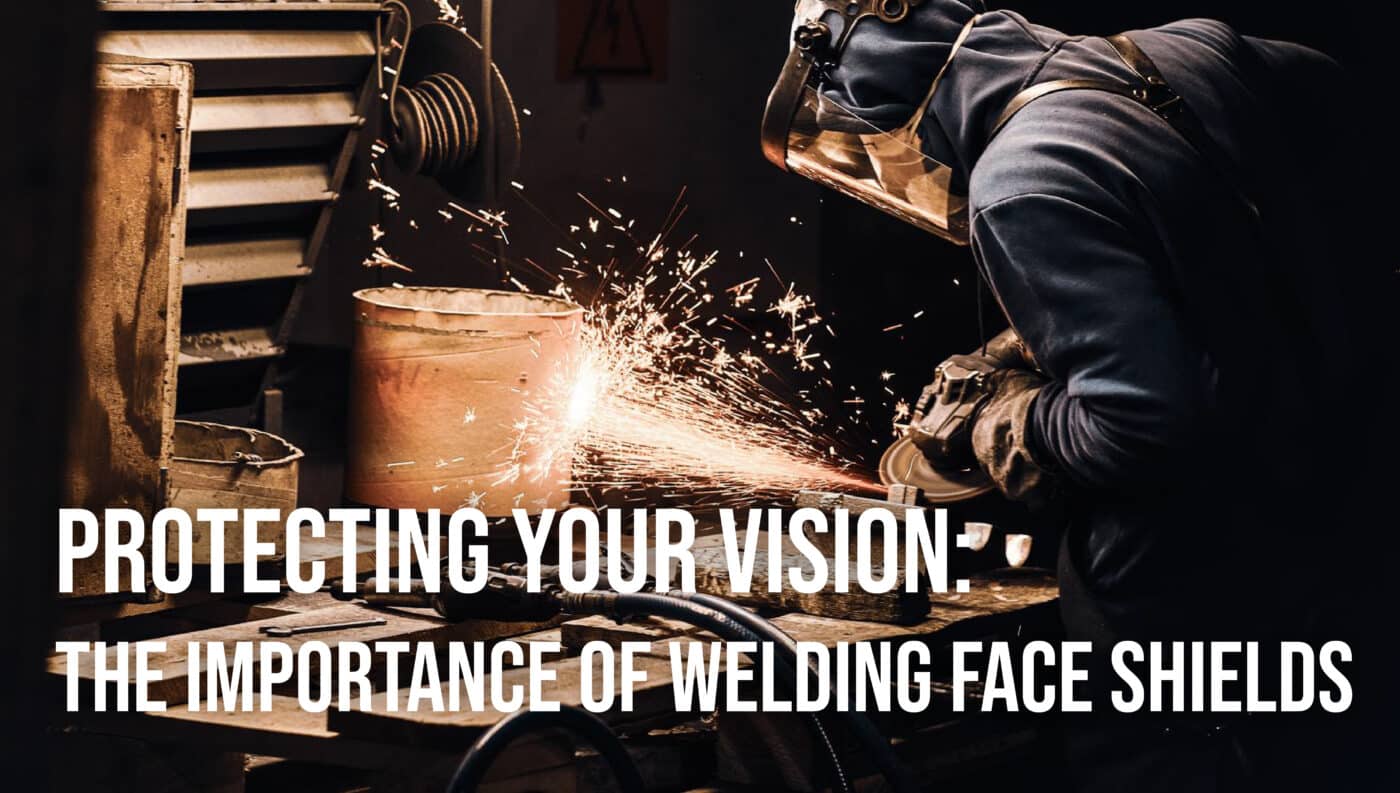Safety Knowledge
Protecting Your Vision: The Importance of Welding Face Shields
Welding is a vital process in construction, manufacturing, and various other industries, enabling the creation and repair of metal structures, components, and equipment. However, despite its widespread use and significance, welding is not without its risks, particularly when it comes to eye safety. The intense heat, bright light, harmful radiation, and flying debris created during welding can cause severe eye injuries if proper safety equipment is not used. One of the most crucial pieces of protective gear in the welding industry is the welding face shield.
In this blog, we will explore the importance of welding face shields, highlighting their benefits, the types available, and how they help safeguard your vision while working.
What Is a Welding Face Shield?
A welding face shield is a protective piece of equipment worn by welders to shield their face and eyes from potential hazards encountered during welding operations. Typically constructed from durable materials like polycarbonate, face shields are designed to provide protection from a variety of welding-related dangers such as bright light, ultraviolet (UV) and infrared (IR) radiation, sparks, molten metal, and flying debris.
Unlike traditional safety glasses, welding face shields cover a larger area of the face, providing broader protection, and are often paired with a welding helmet or a welding lens, which can be adjusted to provide varying levels of protection depending on the type of welding being performed.

The Risks of Welding Without Proper Eye Protection
Welding, though essential, poses several risks to eye health that can have long-term consequences. Some of the key hazards include:
1. Arc Flash (Welding Flash Burn)
When a welding arc is created, it generates an intense light that emits high levels of ultraviolet (UV) and infrared (IR) radiation. This light is so powerful that it can cause severe eye damage if you are exposed to it without proper protection. Arc flash, also known as welding flash burn, is a painful condition where the cornea becomes inflamed due to exposure to UV radiation, leading to symptoms like:
- Redness in the eyes
- Sensitivity to light
- Blurred vision
- Tearing or watery eyes
In severe cases, arc flash can result in permanent vision damage, making immediate protection a must for every welder.
2. Exposure to UV and IR Radiation
In addition to arc flash, UV and IR radiation produced during welding can cause other forms of eye damage. Prolonged exposure can lead to photokeratitis, a painful condition similar to sunburn but affecting the eyes. Over time, cumulative exposure to UV and IR radiation can lead to cataracts, retinal damage, and other long-term eye health problems.
3. Flying Debris and Molten Metal
Welding generates intense heat, which can cause sparks and molten metal to fly in every direction. Without a protective face shield, welders risk having these particles come into contact with their eyes, leading to potential burns, cuts, or even blindness if the particles are hot enough.
4. Chemical Exposure
Certain welding processes, such as cutting or grinding metals, can release hazardous chemicals into the air. These substances can irritate the eyes or cause chemical burns if they come into contact with the cornea.

Benefits of Using Welding Face Shields
Given the many potential hazards associated with welding, welding face shields are an essential part of personal protective equipment (PPE). Here are the primary benefits of using a welding face shield:
1. Enhanced Eye Protection
Welding face shields are designed to protect the eyes from bright light, intense heat, UV and IR radiation, and flying debris. Many face shields come equipped with specialized lenses that filter out harmful radiation, allowing the welder to perform their job safely while maintaining visibility. These lenses are also designed to reduce the glare produced by the welding arc, ensuring the welder can work comfortably for extended periods without straining their eyes.
2. Comprehensive Facial Protection
Welding face shields offer more than just eye protection. They shield the entire face from harmful particles, such as sparks and molten metal, that can cause burns, cuts, and other injuries. In comparison to safety glasses alone, face shields provide broader coverage, ensuring that both the eyes and the face are protected from potential hazards.
3. Prevention of Long-Term Eye Damage
Long-term exposure to UV radiation from welding can lead to cataracts, retinal damage, and even permanent vision loss. By wearing a welding face shield, welders can reduce the risk of developing these conditions. The use of a welding helmet with a darkened visor (often adjustable to different tint levels) also reduces the impact of harmful radiation, protecting the eyes from the damaging effects of UV and IR rays.
4. Comfort and Durability
Modern welding face shields are designed with comfort in mind. They are lightweight, adjustable, and ergonomically designed to ensure a secure and comfortable fit for all head sizes. They are also durable, made to withstand the intense conditions of the welding environment, ensuring that they do not break or degrade quickly. Additionally, many face shields are equipped with ventilation features to reduce heat build-up, making them comfortable to wear during long shifts.
5. Compliance with Safety Regulations
Welding face shields are part of the personal protective equipment (PPE) required by safety standards and regulations set by organizations such as OSHA (Occupational Safety and Health Administration) and ANSI (American National Standards Institute). Using a welding face shield helps employers and workers comply with safety regulations, ensuring a safer working environment and minimizing the risk of legal liabilities due to safety violations.
Types of Welding Face Shields
There are several different types of welding face shields available, each designed to meet the specific needs of the welder and the type of welding being performed. These include:
1. Standard Face Shields
Standard face shields typically consist of a clear visor made from high-impact-resistant materials like polycarbonate or acetate. These shields are often worn with additional safety glasses or goggles for eye protection.
2. Welding Helmets with Auto-Darkening Lenses
Some welding face shields come integrated with welding helmets that have auto-darkening lenses. These helmets automatically adjust the lens tint to the brightness of the welding arc, providing optimal protection against UV and IR radiation and ensuring that the welder can see clearly during the welding process.
3. Full-Face Shields with Adjustable Visors
For those who need comprehensive protection, full-face shields with adjustable visors are an excellent option. These shields protect not only the eyes but also the face, neck, and even the upper chest area. Some models include built-in ventilation systems to reduce heat buildup, enhancing comfort for the welder.
4. Flip-Front Helmets
Flip-front helmets allow the welder to easily raise or lower the visor without removing the helmet. This feature is particularly useful when welders need to switch between different levels of protection or work in different lighting conditions. The flip-front design also provides convenience, allowing for a quick change between shielding the face and having an open view when necessary.
Conclusion
Welding is a critical job in many industries, but it comes with significant risks to eye health. The intense light, radiation, flying debris, and molten metal can cause serious injuries or long-term vision problems. By wearing a welding face shield, welders can greatly reduce these risks and ensure that they are protecting their vision. Face shields not only prevent immediate injuries like burns and cuts but also shield the eyes from harmful radiation, preventing long-term damage such as cataracts or retinal degeneration.
Wearing a welding face shield is not just about complying with safety regulations; it’s about prioritizing health and ensuring that you can continue to work safely for years to come. So, if you are a welder or work in a related industry, don’t take chances—make sure to always wear the right protective gear, starting with a welding face shield. Your eyes—and your future—will thank you.
